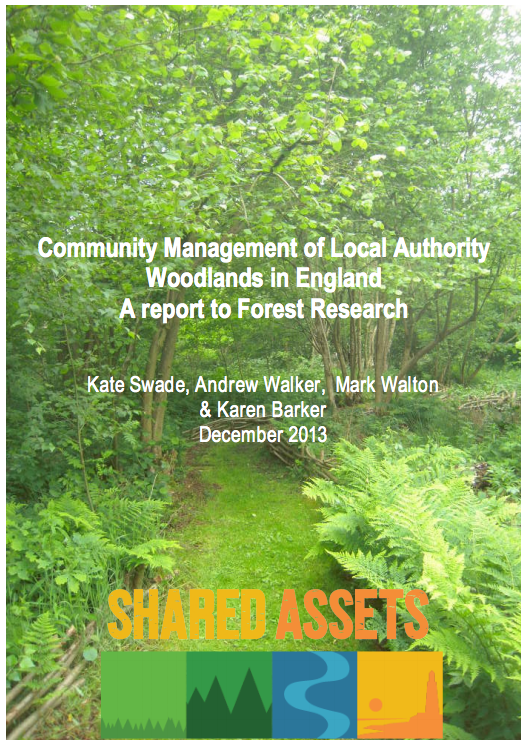A GOOD PRACTICE GUIDE SUSTAINABLE FOREST MANAGEMENT, BIODIVERSITY and LIVELIHOODS
Forests are essential for human survival and well-being. They harbour two thirds of all terrestrial animal and plant species. They provide us with food, oxygen, shelter, recreation, and spiritual sustenance, and they are the source for over 5,000 commercially-traded products, ranging from pharmaceuticals to timber and clothing. The biodiversity of forests—the variety of genes, species, and forest ecosystems—underpins these goods and services, and is the basis for long-term forest health and stability.








